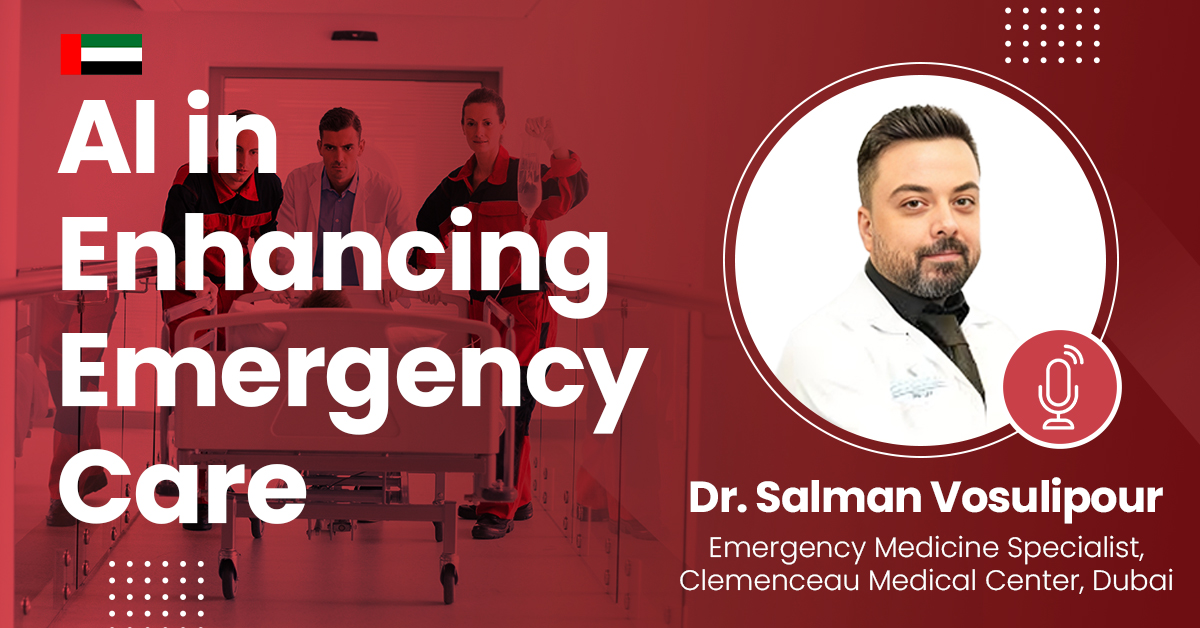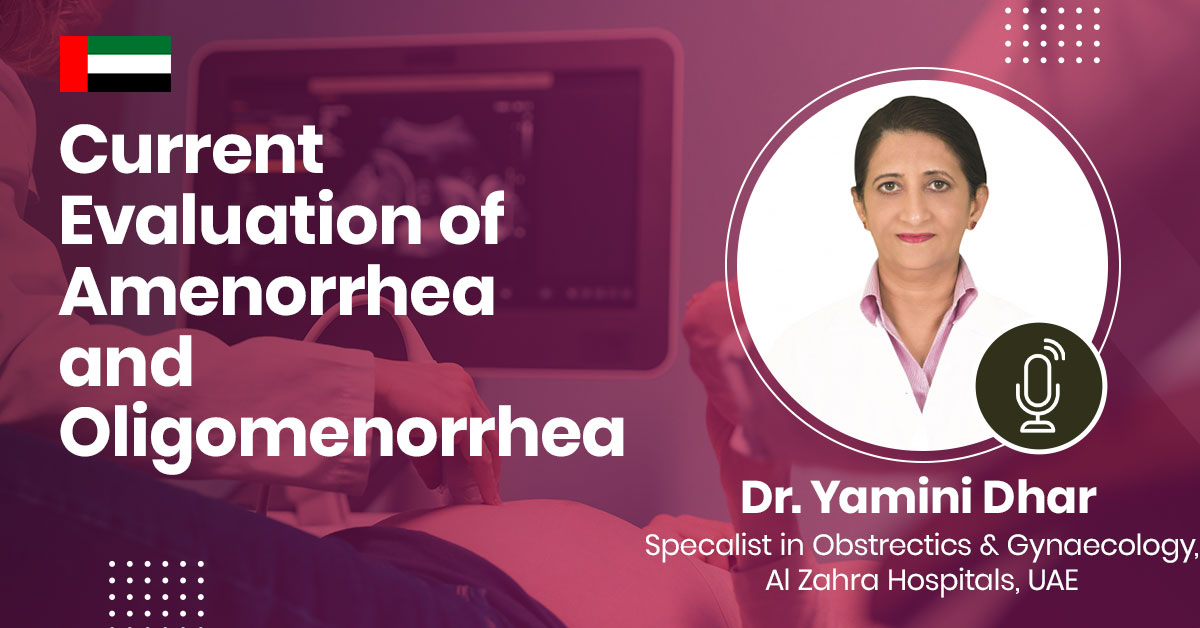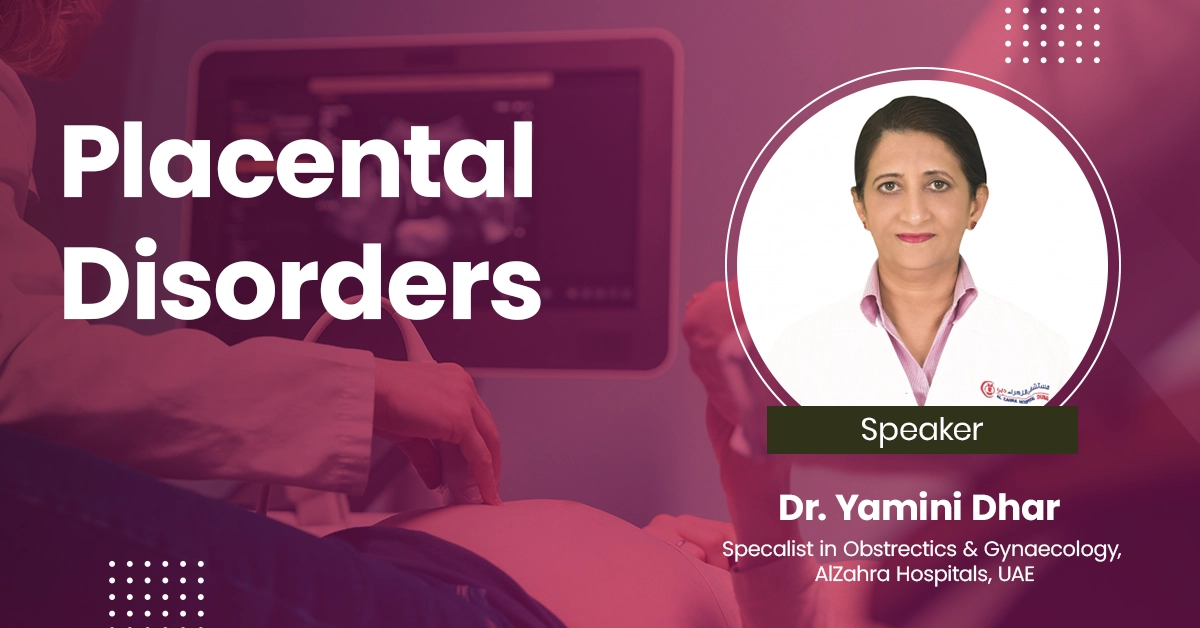- 76.8k views
Diagnosis and management of Ectopic pregnancy
An ectopic pregnancy occurs when a fertilised ovum implants outside the normal uterine cavity. It is a common cause of morbidity and occasionally of mortality in women of reproductive age. The aetiology of ectopic pregnancy remains uncertain although a number of risk factors have been identified. Its diagnosis can be difficult. In current practice, in developed countries, diagnosis relies on a combination of ultrasound scanning and serial serum beta-human chorionic gonadotrophin (β-hCG) measurements.5 Ectopic pregnancy is one of the few medical conditions that can be managed expectantly, medically or surgically. In the developed world, between 1% and 2% of all reported pregnancies are ectopic pregnancies (comparable to the incidence of spontaneous twin pregnancy).7 The incidence is thought to be higher in developing countries, but specific numbers are unknown. Although the incidence in the developed world has remained relatively static in recent years, between 1972 and 1992 there was an estimated six-fold rise in the incidence of ectopic pregnancy. This increase was attributed to three factors: an increase in risk factors such as pelvic inflammatory disease and smoking in women of reproductive age, the increased use of assisted reproductive technology (ART) and increased awareness of the condition, facilitated by the development of specialized early pregnancy units (EPUs).
About the Speaker

Dr. Yamini Dhar
Specialist in Obstetrics & Gynaecology, AlZahra Hospitals, UAE
She is committed to continued learning and professional development in all areas, and recognises the role this plays in further enhancement of skills. She has special interests in areas of Maternal & Fetal Medicine, Obstetric Ultrasound Reproductive Health, Colposcopy and Treatment of Cervical Neoplasia. She has teaching experience in practical and theoretical training of RMOs in CTG and surgeries. Additionally she also presented poster - Pilot Study on Colposcopy in Annual Conference, Sheffield UK
Upcoming Case Discussions
Hyperlipidemia: From Diagnosis to Treatment
Hyperlipidemia is a condition characterized by elevated levels of lipids, such as cholesterol and triglycerides, in the blood, which can increase the risk of cardiovascular diseases. Diagnosis typically involves blood tests measuring lipid profiles, while treatment focuses on lifestyle changes, such as diet and exercise, alongside medications like statins to manage cholesterol levels and reduce cardiovascular risk. Regular monitoring is essential for effective management and prevention of complications.
Acne: Disorders and Treatment Approaches
Acne is a common dermatological condition caused by clogged pores, excess sebum production, bacterial growth, and inflammation. It can manifest as blackheads, whiteheads, papules, pustules, or cysts, often leading to scarring if untreated. Various factors, including hormonal changes, diet, stress, and genetics, influence its severity. Treatment approaches range from topical and oral medications, such as retinoids, antibiotics, and hormonal therapy, to advanced procedures like chemical peels and laser therapy. A personalized skincare regimen, along with lifestyle modifications, plays a crucial role in managing and preventing acne.
Pulmonary Hypertension
Safer alternatives in pain management focus on reducing the reliance on opioids and minimizing the risk of addiction or side effects. Non-opioid medications such as acetaminophen, NSAIDs, and anticonvulsants are increasingly used for managing both acute and chronic pain. Additionally, physical therapy, acupuncture, and cognitive-behavioral therapy are non-pharmacological approaches that effectively address pain without the risks associated with traditional painkillers. For certain cases, interventional procedures like nerve blocks or spinal cord stimulation offer targeted relief while minimizing systemic side effects. These alternatives aim to provide effective pain management while enhancing patient safety and quality of life.
Molecular and Genetic studies in Gynaecological Malignancies
Molecular and genetic studies in gynecological malignancies have revolutionized diagnostics, prognostics, and targeted therapies. Advances in genomic sequencing have identified key mutations in ovarian (BRCA1/2, TP53), endometrial (PTEN, MSI), and cervical cancers (HPV integration, PIK3CA). These findings aid in precision medicine, guiding individualized treatments like PARP inhibitors for BRCA-mutated ovarian cancer. Epigenetic modifications, including DNA methylation and miRNA regulation, further influence tumor progression and therapeutic response. Emerging technologies like liquid biopsies and multi-omics approaches enhance early detection and monitoring. Understanding these molecular pathways is crucial for developing novel therapies and improving survival outcomes in gynecological malignancies.
AI in Enhancing Emergency Care
AI is revolutionizing emergency care by enabling faster, more accurate decision-making. It helps triage patients efficiently, analyze medical data in real-time, and predict outcomes based on historical data, which can prioritize critical cases. AI-powered tools, like diagnostic imaging analysis and predictive algorithms, assist doctors in identifying conditions such as strokes or heart attacks earlier, improving survival rates. Additionally, AI enhances resource allocation and staff management in emergency departments, optimizing response times and reducing workload for healthcare providers.











